CBD does not contain THC, which is the psychoactive factor that produces a “high.” Taking CBD results in less pain and inflammation.
Many studies have shown positive results on CBD’s impact on Rheumatoid arthritis and Osteoarthritis. When taking CBD, is it important to start low and slow.
CBD is being touted as a cure-all treatment for myriad illnesses and issues. Is it just hyperbole for snake oil or is there something to this increasingly popular cannabinoid? The topic is debated depending on the claim, but the fact is that research does suggest that CBD oils for arthritis and other illnesses can be effective for many people.
Here’s why.
CBD is a type of cannabinoid that does not contain THC, which is the psychoactive factor that produces a “high”. Cannabinoids mimic natural neurotransmitters in the brain by attaching themselves to receptors. It may attach to a specific CB2 receptor that impacts pain and inflammation, which are directly related to arthritis. Whether CBD attaches itself to these receptors or acts as a catalyst for the body to produce its own natural cannabinoids, the result for many is less pain and inflammation.
More than 50 million people in the United States are on disability due to arthritis. In fact, it is the leading cause of disability in the country. Thus, it only makes sense to continue to invest in studies that determine the impact of CBD on arthritis. Studies done in 2011, 2014, 2016 and 2017 all indicated positive results, particularly for Rheumatoid arthritis and Osteoarthritis.
There are no established clinical guidelines for CBD oil dosage, but the leading Arthritis organization recommends you “go low and slow”. Start with a smaller does and increase it as needed. Always talk to your doctor before taking new drugs and be aware of any impacts to other medications you may take. CBD seems to be a very effective response to arthritis by managing pain and inflammation. It does so neurologically by working with brain receptors. Start with a low dose and increase, as needed. Talk to your doctor about how it can help you.
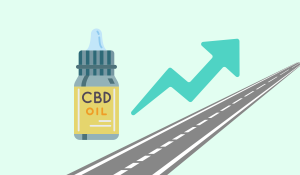
Therapeutic Uses of CBD Managing Chronic Pain with CBD Struggling with chronic pain? CBD might help. Studies suggest it can reduce inflammation and alleviate discomfort,...
Read More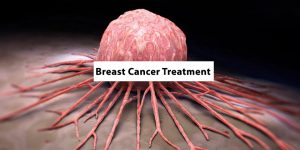
Cannabis has been used for millennia to treat numerous health conditions. Current research offers promising results on the effects of CBD oil on breast cancer.
Read More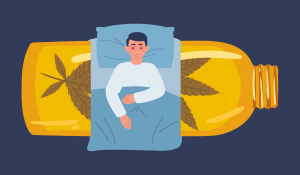
If you've ever wondered about using CBD for insomnia, you should know how CBD helps anxiety, stabilizes your sleep-wake cycle, and makes falling asleep easier.
Read More
CBD-infused salad dressing: Imagine a fresh, crisp salad enhanced with a light, herbaceous vinaigrette containing your daily dose of CBD. To create this, you’ll need...
Read More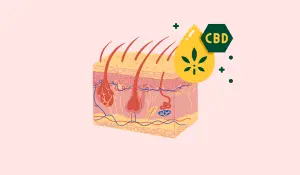
1. What Is CBD and Why Is It a Game-Changer for Skin Health? CBD (cannabidiol) is a natural compound extracted from the hemp plant. Unlike...
Read More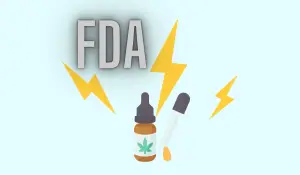
The Legal Landscape of CBD The 2018 Farm Bill and Its Impact The signing of the Agriculture Improvement Act of 2018, commonly known as the...
Read More
Breakthrough #1: CBD’s Role in Chronic Pain Relief Chronic pain robs people of precious moments. A 2021 study in the Journal of Pain Research highlights...
Read More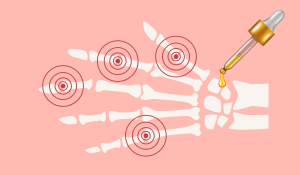
Understanding Arthritis Pain Arthritis is a chronic condition that affects daily activities, from opening jars to taking walks. Here’s a look at the two most...
Read More
Types of Pain CBD May Alleviate CBD shows promise in managing various types of pain: CBD vs. Traditional Painkillers Traditional painkillers like opioids can be...
Read More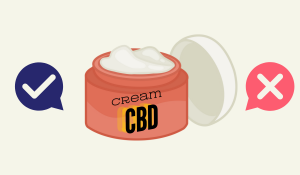
CBD Cream Side Effects – Focusing on Topical Applications How CBD Creams are Made Ever wondered how CBD creams come to life? It’s a fascinating...
Read More